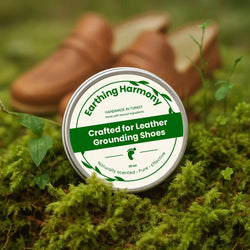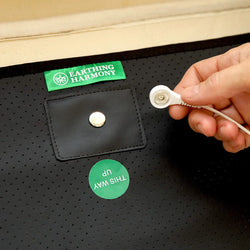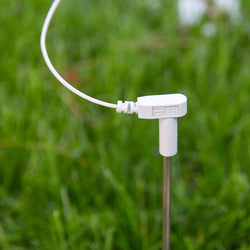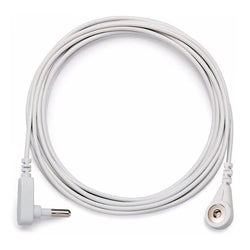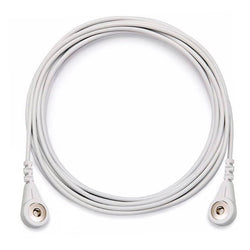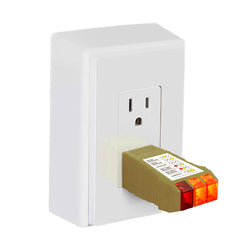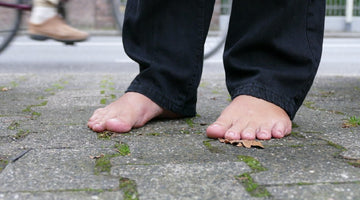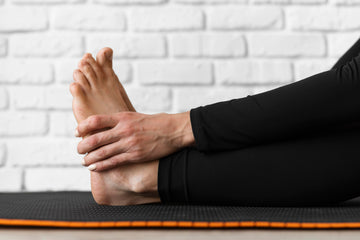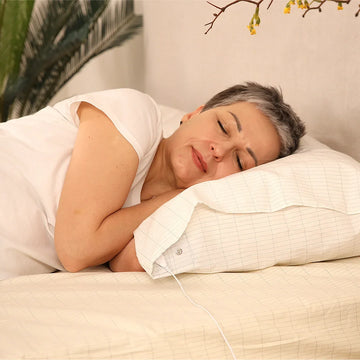Grounding, also known as Earthing, is a rising and widely embraced practice that entails establishing a connection between your body and the natural energy emanating from the Earth's surface. Were you aware that your body serves as a natural conductor of energy?
Our hectic daily schedules immerse us in the fast-paced modern world. In this process, we often find ourselves isolated, losing contact with the Earth's electromagnetic field, a crucial element in preventing and healing inflammation—the root cause of numerous chronic diseases. It all boils down to a matter of energy.
Constant exposure to technology subjects us to electromagnetic radiation emanating from our computers, mobile phones, TVs, and more. This disrupts the intricate electrical communications within our bodies, apart from getting us overstimulated.
What if we revealed an unexpectedly easy solution to these problems?
Earthing, a simple yet effective practice, serves as a remedy to restore balance and harmony to our body's subtle electrical processes, recalibrating our bodies.
Are you familiar with the saying "get your feet on the ground"? It conveys the idea of embracing both a realistic and practical outlook while physically connecting to the Earth's benefits.
This duality allows for a clearer understanding of reality, both mentally and physically, as it's not merely a saying but an actual practice with great physiologicial benefits. This is precisely the invitation we extend to you: to revisit the fundamentals and reestablish a connection to the Earth.

In this blog post, we'll delve into various surfaces suitable for grounding, exploring their distinctions and benefits. While the countryside provides abundant opportunities for grounding, urban settings might need some adjustments to enhance and optimize your grounding experience.
Not only will we provide relevant information about each surface, but we will also offer you valuable tips to maximize the earthing benefits, all from the convenience of your home."
Grounding 101: What Surfaces Are Best for Reconnecting with the Earth?

Grounding proves effective only when in contact with a conductive surface, making it crucial to be mindful in choosing our practice space, especially in urban areas.
While walking barefoot on soil might seem like the primary method, it's not the sole option, and we aim to delve into various alternatives for a comprehensive exploration of grounding practices.
Let's explore together the advantages and drawbacks of various walking surfaces and devise tailored solutions to incorporate earthing into every individual scenario seamlessly.
Can I earth on concrete?
Surprisingly, the answer to this question is yes. Grounding is achievable on concrete, stone pavement, specific types of tiles, and gravel, provided they are crafted from natural materials and placed directly on the Earth.

 Source: Earthing: As Powerful As They Say? Let's Test it With Science!
Source: Earthing: As Powerful As They Say? Let's Test it With Science!
To ensure an authentic connection with the Earth's energy we recommend understanding the origin of construction materials, as these surfaces may contain plastics and chemical agents that act as insulators, hindering a complete grounding experience.
For those living in apartments or uncertain about the materials they typically walk on, we highly recommend obtaining earthing benefits through supportive options, such as earthing sheets.
Can I earth on water?
Certainly, the conductive nature of water enhances the grounding experience, especially when the water contains salt and minerals.
Locations such as rivers, lakes, and the seaside are optimal for grounding, offering an enriched connection with the Earth's energy.
Can I earth on grass?
Yes, you absolutely can ground yourself on natural grass, whether it's in your backyard, a nearby park, or any green space. The health benefits of spending time outdoors on natural soil are truly remarkable and can greatly enhance your well-being.
In addition to grounding benefits, researchers have also discovered that a prevalent type of bacteria known as Mycobacterium vaccae resides in soil, playing a role in assisting us to cope with stress.
Can I earth on sand?
Absolutely! Sand provides an excellent natural surface for grounding. When you walk barefoot on the beach, you not only enjoy the sensation but also engage in a grounding experience that charges you with positive energy.
Optimize your beach earthing encounter by selecting moist or wet sand, enriched with salts and minerals from the sea, and elevate the blissful feeling even further.
Can I earth on asphalt?
Earthing on asphalt is not viable as it is composed of harmful petrochemicals that act as insulators, preventing the flow of electrons.
Fortunately, our planet boasts numerous natural surfaces, providing you with a diverse range of options for your earthing experiences.
Can I earth on synthetic?
Unfortunately, earthing on synthetic materials is not feasible, and it's important to understand that these artificial substances are a significant contributor to the loss of direct contact with the Earth.

Take, for example, our comfortable sneakers, which are crafted from synthetic materials, effectively isolating us from the Earth's free electrons. Similarly, synthetic grass and synthetic rubber playground surfaces may mimic a natural appearance, but they are constructed from artificial and potentially harmful components.
Unfortunately, this disconnection from nature extends to our children when they play on such synthetic playgrounds, missing out on the grounding benefits that natural surfaces provide.
How can you seamlessly integrate earthing into your routine?
As with adopting any new practice, you should afford yourself the time to acclimate and be mindful of the moments dedicated to restoring balance.
Much like practicing mindfulness during meals, exercise, and contemplation, earthing is an additional discipline that encourages being fully present and conscious of the energy exchange with the Earth.
Clint Ober, the pioneer behind the earthing movement, emphasizes the importance of regular grounding, with a minimum recommended duration of 30 minutes. While the ideal method involves barefoot walking, the practicality of incorporating this into our daily lives may be a challenge.
Enter our solution: handcrafted shoes fashioned from natural materials, featuring a copper rivet as the primary conductor. These shoes can be worn directly on bare feet or over socks made from organic materials such as cotton. They facilitate the flow of Earth's energy, ensuring a grounded experience in any situation.

Copper, a remarkably conductive metal, serves as your connection to the ground you walk upon. Designed to replicate the sensation of walking barefoot, these shoes offer a convenient and stylish means to effortlessly incorporate grounding into your daily routine.
Consider the most recent instance when you connected with a grounding surface—does it feel like it's been a while? Grounding offers a chance to consciously reestablish our connection to our roots, to Mother Nature, and ultimately to our own bodies. The Earth is abundant with benefits that we simply need to embrace to enhance our grounding experience.






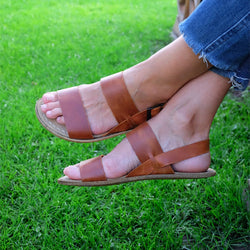
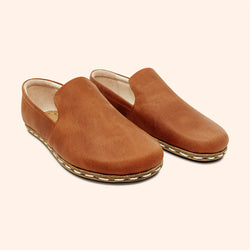 Shoes
Shoes
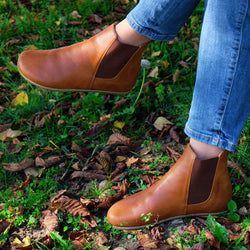 Boots
Boots
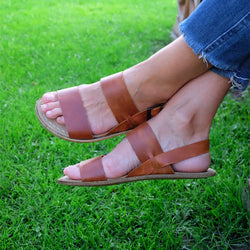 Sandals
Sandals
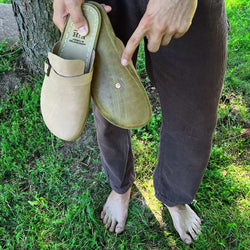
 Shoes
Shoes
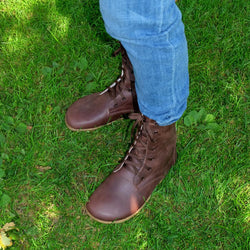 Boots
Boots
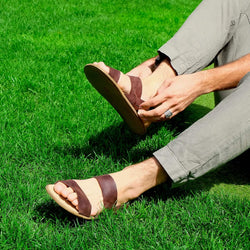 Sandals
Sandals
